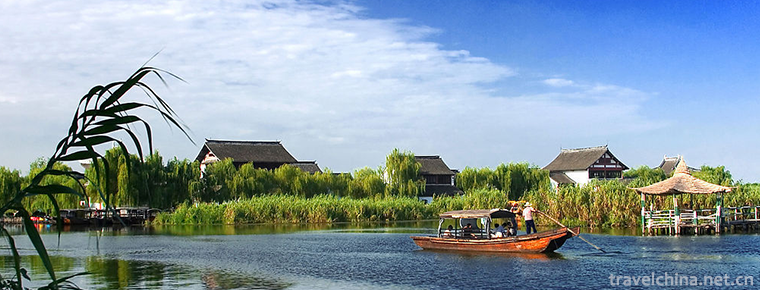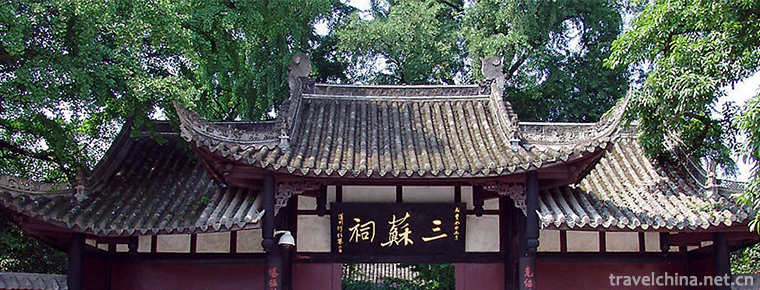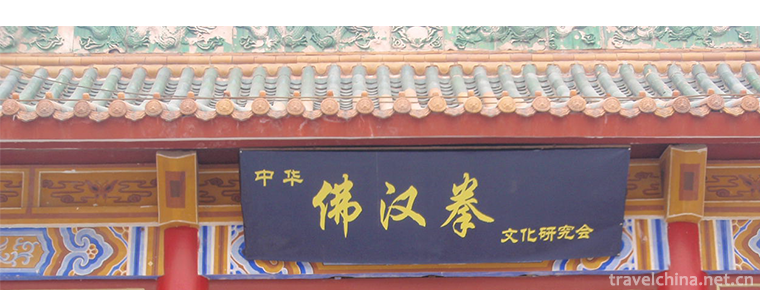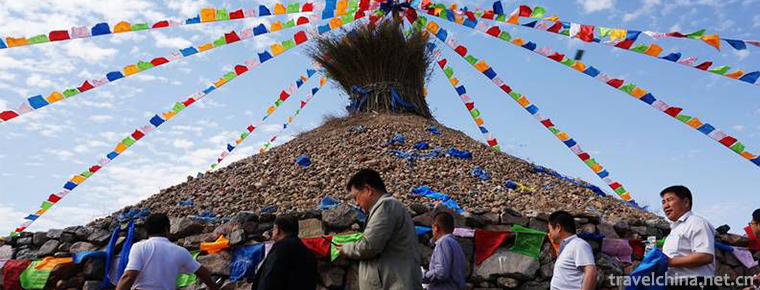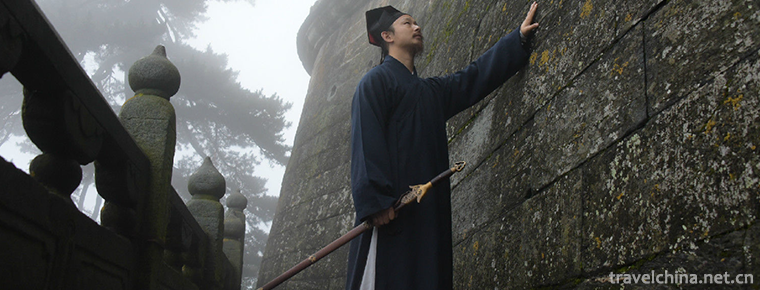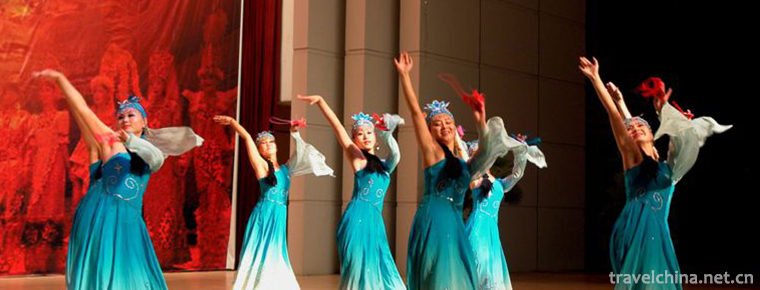Evolution of Chengdu Giant Panda Base
Evolution of Chengdu Giant Panda Base
Chengdu Giant Panda Breeding Research Base is established on the basis of raising, treating and breeding giant pandas in Chengdu Zoo. In the 1980s, Fargesia FRIGIDA in Qionglai mountains blossomed and died. Some giant pandas were rescued and concentrated in Chengdu Zoo for lack of food and hunger.
In 1987, in order to strengthen the treatment and management of sick and hungry giant pandas, separate the education and display functions of giant pandas from the rescue research functions, strengthen the scientific research on giant pandas, and improve the breeding level of giant pandas, Chengdu Municipal People's government decided to establish a research base for giant panda breeding in Chengdu, and implement a set of team and two brands with Chengdu Zoo.
After 1990, Chengdu base and Chengdu Zoo were divided into two independent entities.
In 1992, the giant panda museum was opened to tourists.
In 1997, Chengdu Giant Panda Breeding Research Base jointly funded more than 15 million yuan from the State Planning Commission, Chengdu Municipal Planning Commission and Chengdu Giant Panda Breeding Research Foundation to establish the first open laboratory in China to carry out research on the conservation of China's endemic endangered species.
In 2000, the national wildlife protection system took the lead in carrying out public protection education, and the Ministry of science and education was established.
In 2001, the open laboratory was named "Sichuan Provincial Key Laboratory of reproduction and conservation genetics of endangered animals" by the Department of science and technology of Sichuan Province. In the same year, Chengdu base cooperated with Sichuan University to carry out research and experiment.
In 2003, the base was awarded the "advanced talent development unit of Sichuan Province" by the Sichuan provincial Party committee and the provincial government, and was awarded the national "post doctoral research station" by the Ministry of personnel of the people's Republic of China.
In 2006, it was officially awarded "national AAAA scenic spot" by the National Tourism Administration.
In 2007, the laboratory was officially approved by the Ministry of science and technology of the people's Republic of China as "endangered wildlife biology State Key Laboratory jointly constructed by the Ministry of science and technology of the people's Republic of China". At the same time, modern giant panda museum, animal specimen museum and gene resource bank of endangered animals have been established in Chengdu base and Sichuan University respectively.
In 2011, the "International Research Center for giant panda conservation biology" jointly established by the base and the global science foundation was also established in the base.
In September 2014, the base was awarded the honorary title of "national advanced collective of technical talents". On October 1, the base Dujiangyan breeding and wild releasing Research Center - "panda Valley" was opened to the public.
On April 20, 2015, "panda Valley" officially opened to the outside world.
In April 2019, it jointly launched the southwest tourism scenic spot alliance with 8 units including Chengdu Wuhou Temple Museum and Chengdu Dufu thatched cottage museum.

Evolution of Chengdu Giant Panda Base
-
Lhanagtso Rakshas
Views: 180 Time 2018-10-12 -
Shajiabang Yushan Shanghu Tourist Area
Shajiabang Yushan Shanghu Tourist Area is located in Changshu, a famous historical and cultural city in the south of the Yangtze River,
Views: 234 Time 2018-12-06 -
Sansu Temple Scenic Area
Sansu Temple Scenic Area is located in the west of Meishan City, Sichuan Province. It is a national AAAA-level tourist attraction, a national key cultural relics protection unit, and a national second
Views: 119 Time 2018-12-19 -
Wulian Mountain Scenic Area
Wulian Mountain Scenic Area covers a total area of 68 square kilometers and is a national AAAA-level tourist area. It is composed of Wulian Mountain and Jiuxian Mountain
Views: 192 Time 2018-12-22 -
Golden Great Wall Site Park
The Great Wall Site Park is located at the junction of Heimeng and Heilongjiang Province in Nianzishan District, Qiqihar City, Heilongjiang Province. The end of S302 Provincial Highway is the Great Wa
Views: 233 Time 2019-01-29 -
Buddha Han boxing
Fohan boxing is also known as Fohan Chuan, commonly known as Buddhist boxing. It is a kind of traditional Chinese martial arts. This boxing originated in Shaolin Temple
Views: 347 Time 2019-04-29 -
Sacrifice Aobao
Aobao sacrifice is a traditional custom of Mongolian people, and one of the manifestations of prairie people's natural worship. Xilinguole League is a relatively complete
Views: 172 Time 2019-05-05 -
Kun Opera
Kunqu Opera, formerly known as "Kunshan Opera" or "Kunqu Opera" for short, is an ancient Chinese opera voice and opera, now also known as "Kunqu Opera". Kunqu Opera is on
Views: 228 Time 2019-05-10 -
Wudang Martial Arts
At the end of Yuan Dynasty and the beginning of Ming Dynasty, Zhang Sanfeng, a Taoist of Wudang School, established Wudang School and was respected as the founder of Wudang Wushu.
Views: 155 Time 2019-06-30 -
Xibo Westward Movement Festival
The Xibo people's westward migration Festival is called "418 Festival" because it is on April 18 of the lunar calendar. Because of the intention to miss relatives, also known as the Day of R
Views: 226 Time 2019-07-01 -
Bo Yan
Bo Yan (1236 - January 11, 1295), eight neighbouring people in Mongolia. Yuan Dynasty Famous ministers in early years
Views: 240 Time 2019-09-14 -
Qixian Lake
Qixian lake water resort is located in Fuxing Town, Gaoxian County, more than 40 kilometers away from Yibin City. It is the largest mountain water storage Lake in Yibin City, with a water area of 2632 Mu and a total area of more than 50 square kilometers. It was listed as a regional scenic spot in 1988 and approved as the first batch of provincial wetland park by Sichuan Provincial People's Government in 2008.
Views: 386 Time 2020-10-16

